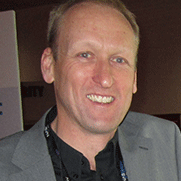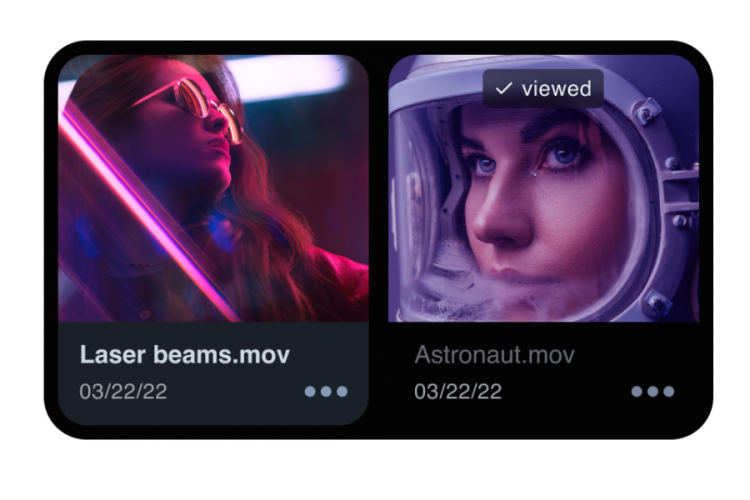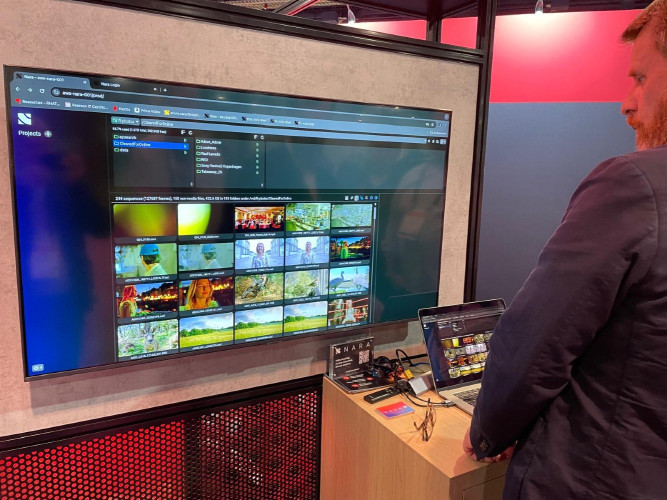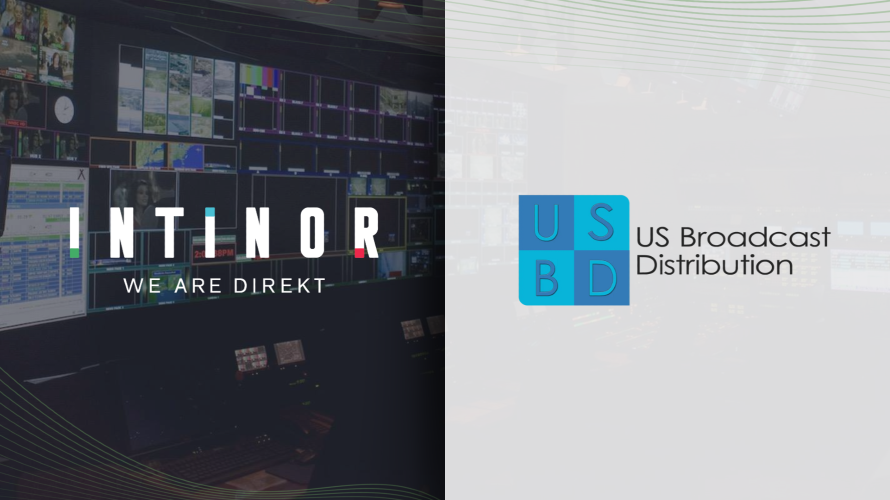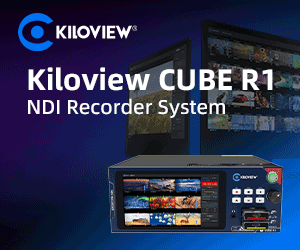by Simon Tillyer Issue 90 - June 2014
A sunny, early summer evening welcomed over 40 people to the annual RTS NAB review on 14th May. This annual get together features a panel of guests, chaired by Dick Hobbs discussing their experiences and thoughts of NAB.
The panel consisted of Maya Severyn (Head of Technical Services & Support - Chellomedia), John Ive (Director of Business Development & Technology - IABM), Alan Bright (Director of Operations Presteigne Broadcast Hire) and Graham Pitman (Chairman Vidcheck). It was described as the best mixed panel for a long time with interests covering a wide range from exhibitor to visitor and with one who decided that NAB was not worth the trip.
A quick poll of audience hands showed that around 2/3rds of the audience went to NAB this year and with Dicks working title who owns you this week, in reference of course to the multitude of mergers and acquisitions that have taken place recently, the debate kicked off.
John Ive is well placed to comment on growth and gave encouraging news that the industry is continuing to experience a 5% year-on-year growth and went on to list a seemingly endless number of companies that have got together in some way or another. As in any business area, mergers and acquisitions are good for the good, but not so good for those that are struggling. Although NAB was where these deals were announced, many have been agreed since late 2013 and, as Graham Pitman commented, may well have been on the cards since 2008 when investments stalled and some people have been waiting to get out of the industry and sell up ever since. Maybe now is the time that is right for both investors and business owners?
It was predicted that what we have seen in this area is only the tip of the iceberg with a poll indicating that of the 1500 exhibitors at NAB, there are 28% expecting to acquire someone and 33% wanting to be acquired. Robin Lince, on behalf of the IBC, added that 1500 exhibitors has been pretty stable for a number of years with the same reflected at IBC so although some leave and some merge, there seems to always be a new supply of innovative companies coming through.
Graham Pitman was involved in manning the Vidcheck stand during NAB, a duty he hadnt done for a number of years, and had a very busy time with often not enough staff to cope with visitor demand. He felt this depicted the rise in file-based products whereas more modular based manufacturing booths might not have seen such activity.
Commenting further on mergers and acquisitions, Graham went on to give an overview of the large organisations which he considered were tier 1, the middle group being tier 2 and the smaller companies being tier 1. The point being that he felt the tier 2 companies had effectively been sucked up by tier 1s leaving a void in the middle and leaving just the biggest organisations and the smallest with little middle ground.
Coming from a hardware background myself, I was pleased to hear a voice from the back of the room saying do we, or do visitors to NAB, really care? This nicely introduced Alan Bright, Presteigne Broadcast Hire, who as a visitor from a dry hire company, had an insight as to what he was looking for from the show.
His first response was that he didnt really care about mergers and acquisitions. The only concern from his part was on-going support and as long as this was maintained then who owns who is not really an issue.
Interestingly 50% of their spend is with leading manufacturers who have not had to reduce prices for many years, manufacturers such as EVS were noted in this category as well as lens manufacturers like Canon.
Being involved heavily in live sports, Alans interest was not predominately around 4K which although works well for drama and other genres is not yet well adopted by live sports for all manner of reasons. His thoughts over IP technology for signal distribution were also that the industry is hesitant to adopt at this early stage and much of it is still covering in smoke and mirrors. That said, and as reported in issue 89 of tv-bay magazine, the recent Oxford Cambridge boat race utilised an extensive IP mesh network supplied by Presteigne to bring coverage of the race for the host broadcaster.
Companies like Blackmagic Design are well known for innovation and causing a stir at shows and this was no different with the release of URSA and its ground breaking $6000 price tag for 35mm 4K technology with modular front end options. Alans comments on this were that it certainly cant be knocked and is impressive but is uncomfortably cheap. Sports broadcasting rights being at the upper end realise the savings made for this type of camera wouldnt make it attractive for a risk adverse broadcaster in the scheme of things. It could, however, be utilised for second screen (red button) type feeds as could many of the new innovative products being shown for the first time at NAB.
Maya Severyn was the black sheep of the panel who didnt go to NAB this year. It was a conscious decision of course not to go and based on key facts and experiences on the past. Maya began with questioning the value of NAB. Was it really a place to go to talk technology?
In her experience having detailed technical discussions with exhibitors was nigh on impossible and the conference sessions seemed to focus on how to sell, how to find work and how to market rather than the technology she was looking for.
While emphasising that she was giving her own personal views, she indicated that there was a real dichotomy at work when considering suppliers. On the one hand, small companies often offered the personal service, access to developers and product customisation that larger companies could not, which helped their clients to differentiate their services. However, there were also risks associated with the smaller companies.
It appears that several common reasons why people attend consist of getting to meet the bosses and to see what the competitors are doing.
Playout is of course at the heart of Chellomedia and Maya added that the focus in 2013 was playout-in-a -box and now in 2014, it is playout-in-the-cloud. And joining the mergers and acquisitions debate questioned how many people went as an exhibitor to sell their company rather than a product.
Maya gave a somewhat concerning outlook of the industry going forwards with the next two years being well planned, but there was real difficulty in predicting beyond that to five years, given recent analysts predictions that IPTV revenue will overtake broadcast and cable revenues within that timescale.
Concerns were expressed for smaller companies unable to match the offerings of the larger companies formed by mergers etc. James Gilbert from Pixel Power was the first audience member to comment on this stating that smaller companies that have been around for many years are more stable and able to react with innovative solutions much quicker than the bigger organisations. MC Patel of Emotion Systems followed suit questioning how small is small and innovation is ultimately at the heart of the future of this industry.
New business models were discussed during the close of the debate and it was generally agreed that subscription type plans such as Adobes Creative Cloud, sales of which have surpassed even their expectations, were the way the industry was going. The further we move into the IT world then this is sure to be a pattern that is replicated so expect more of the who owns you this week to come.



